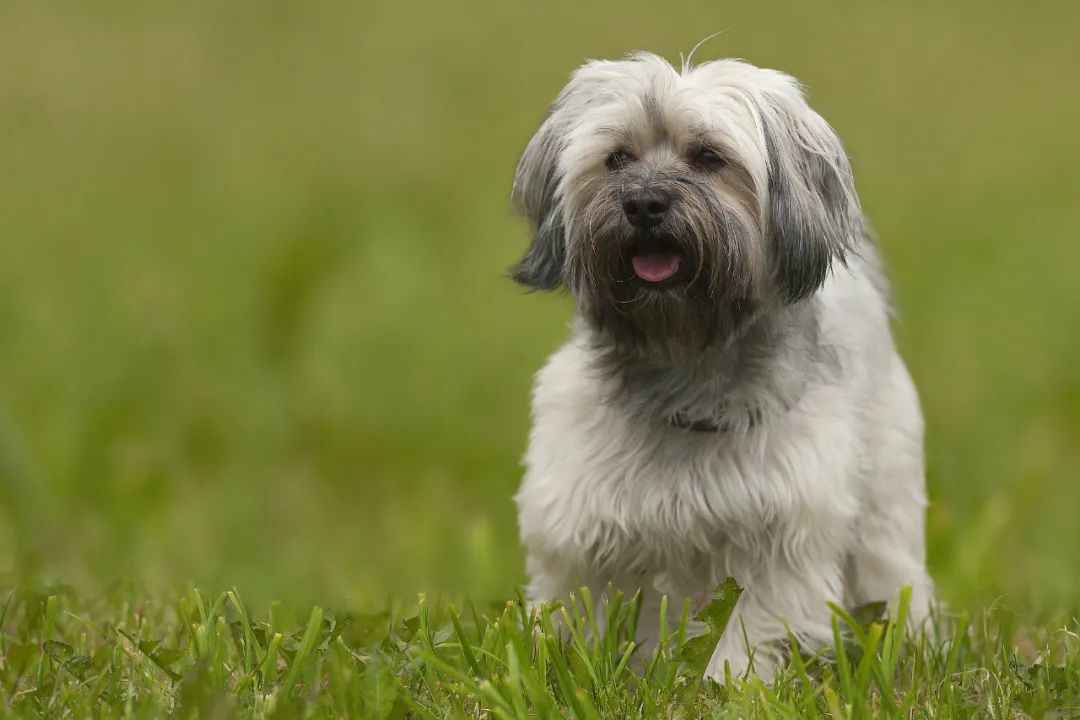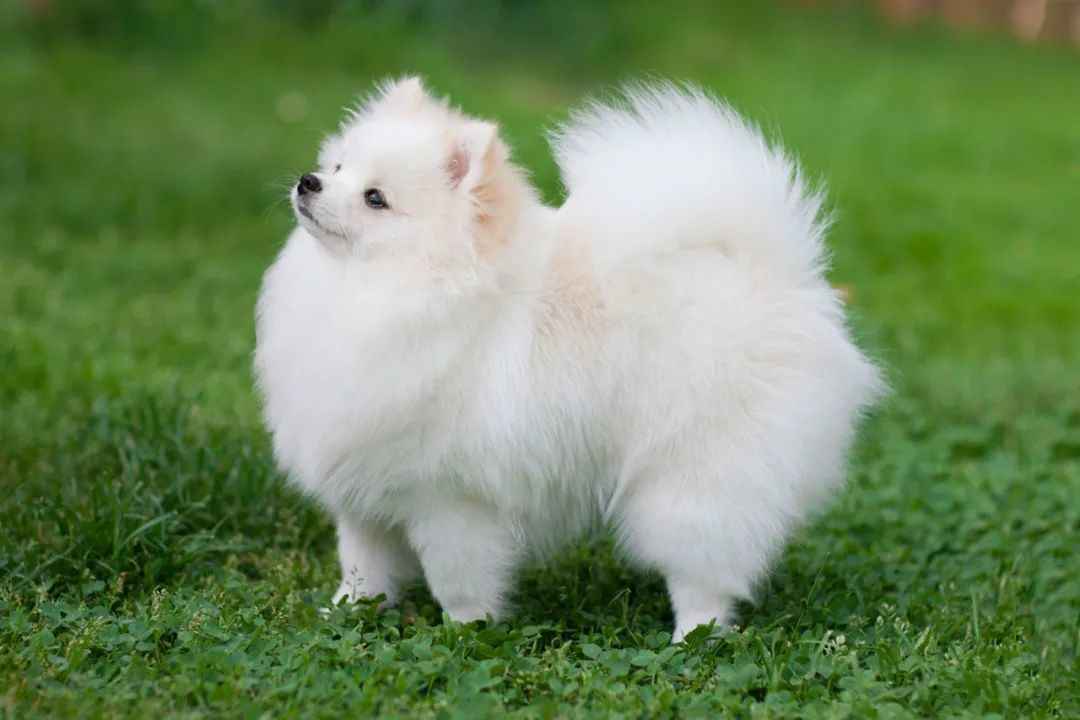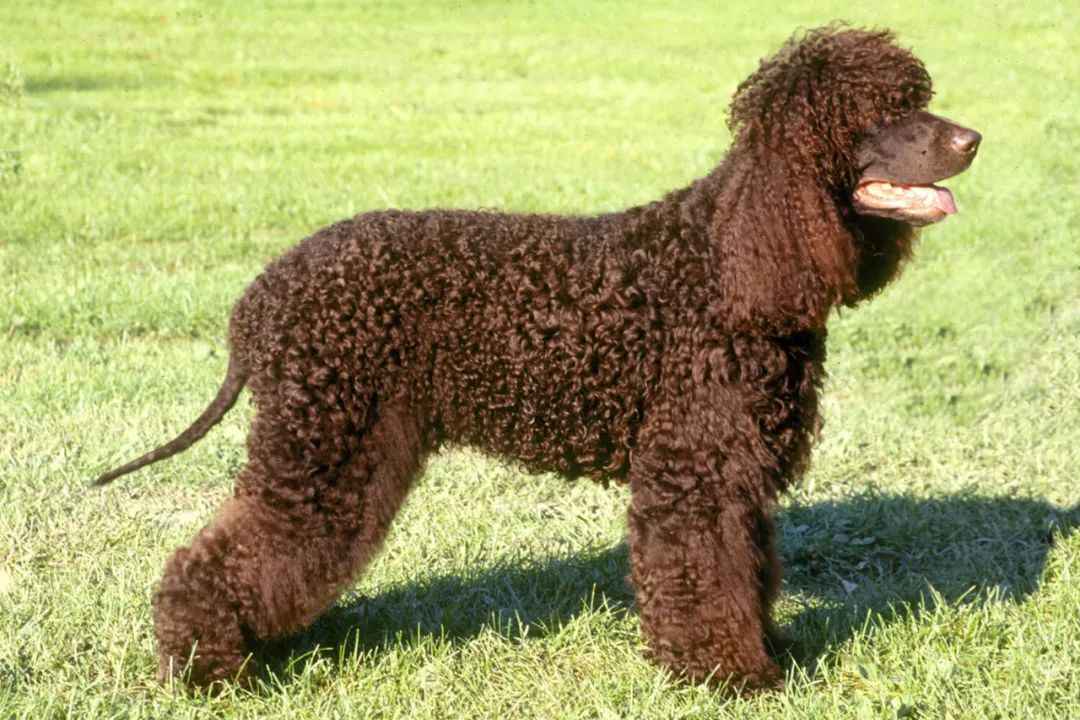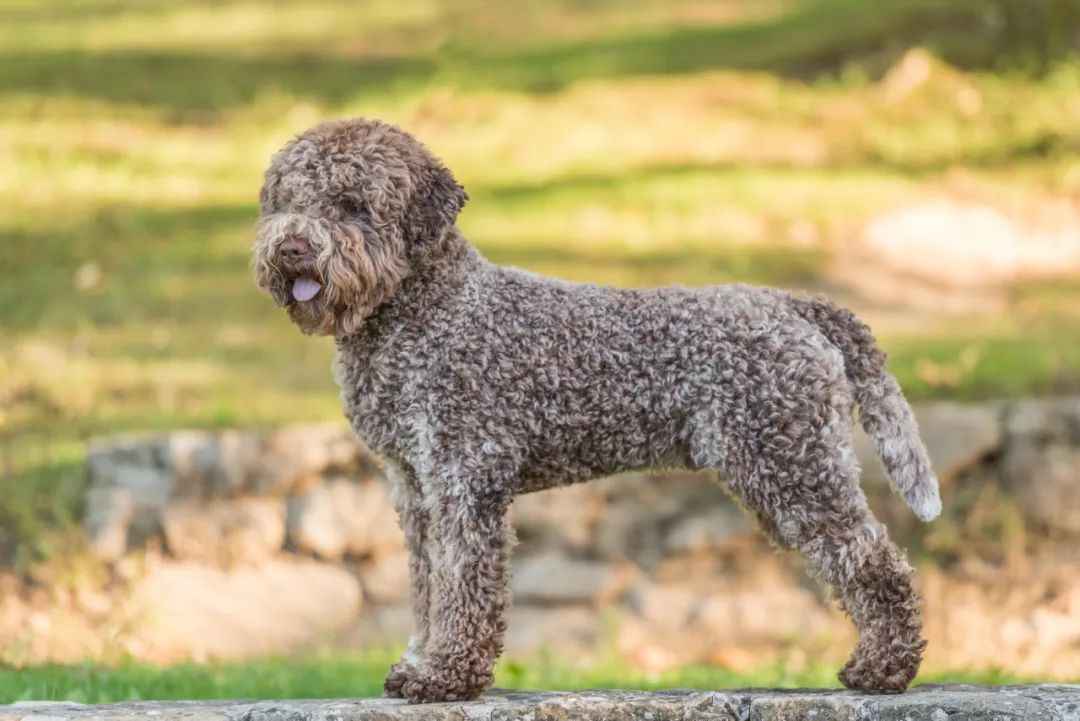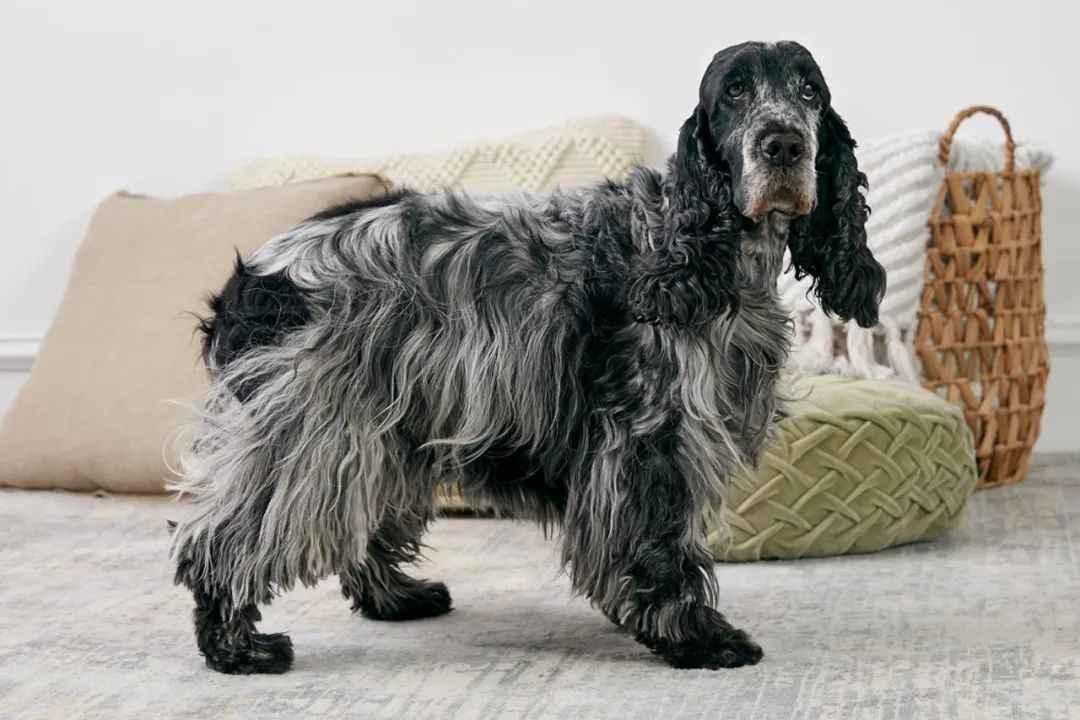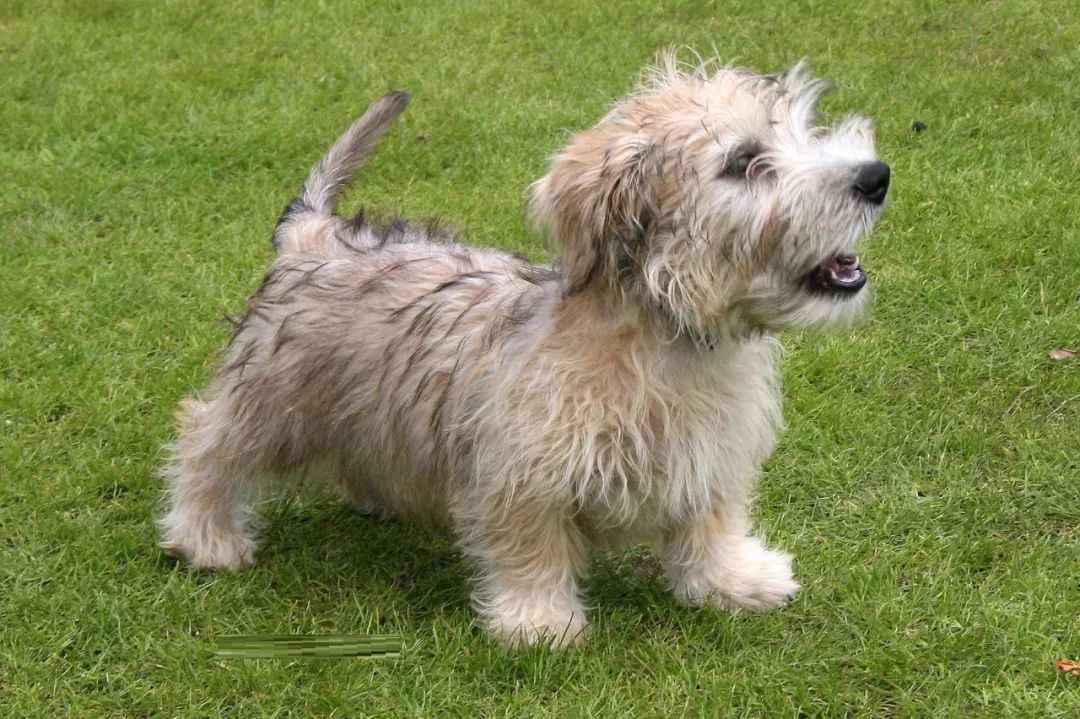Havana, Cuba’s vibrant capital, is not only renowned for its colonial architecture and rum distilleries but also as the birthplace of the Havanese, a breed that embodies Cuba’s rich cultural tapestry. Originating from Spanish and French companion dogs brought to the island in the 18th century, the Havanese evolved into Cuba’s only native purebred dog, cherished for its silky coat and affectionate nature
A Journey of Resilience and Charm Across Centuries
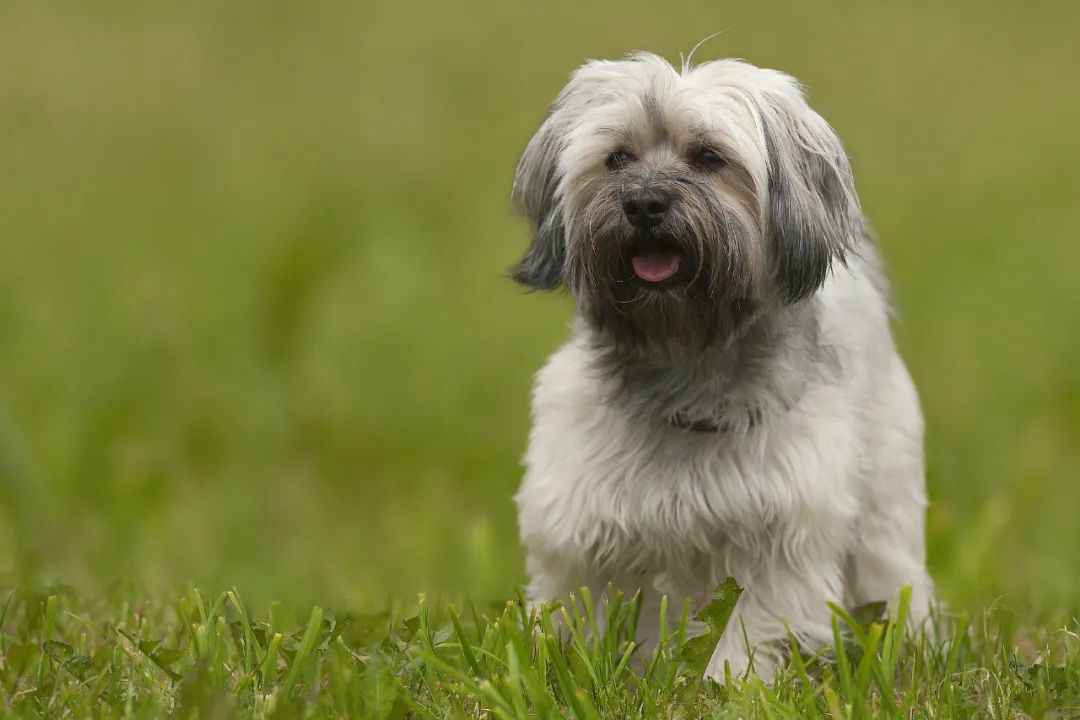
Source: Images from the Internet, if there is any infringement, please contact the removal of
Havana, Cuba’s vibrant capital, is not only renowned for its colonial architecture and rum distilleries but also as the birthplace of the Havanese, a breed that embodies Cuba’s rich cultural tapestry. Originating from Spanish and French companion dogs brought to the island in the 18th century, the Havanese evolved into Cuba’s only native purebred dog, cherished for its silky coat and affectionate nature13.
Initially reserved for Cuban aristocracy, these dogs were symbols of status and luxury. During the Cuban Revolution in the 1950s, many Havanese were smuggled out of the country by exiles, preserving the breed’s lineage. In the U.S., dedicated breeders like Dorothy Goodale established the Havanese Club of America in 1979, leading to AKC recognition in 1996. Today, the breed ranks 25th among the 1999 registered breeds in the U.S., celebrated for its adaptability and charm136.
Physical Grace and Temperament
Weighing 7–13 pounds with a shoulder height of 8.5–11.5 inches, the Havanese boasts a double coat—soft, silky, and often wavy or curly. Their coat colors range from white to chocolate, with striking patterns like sable and brindle. Known as the “Havana Silk Dog,” their luxurious fur requires daily grooming to prevent matting56.
Personality-wise, Havanese dogs are affectionate “velcro dogs,” thriving on human companionship. They excel in family settings, bonding closely with children and adapting well to apartment living. Their intelligence makes them eager learners, though early socialization is key to curbing separation anxiety and excessive barking78.
Health and Care
With a lifespan of 13–16 years, Havanese face genetic predispositions to hip dysplasia, cataracts, and patellar luxation. Regular veterinary check-ups and a balanced diet are essential. Daily exercise—30–60 minutes of walks or play—keeps them physically fit, while mental stimulation through puzzle toys prevents boredom91112.
Global Appeal
From Havana’s cobblestone streets to international dog shows, the Havanese has transcended borders. Its journey mirrors Cuba’s history—marked by resilience and cultural exchange. Whether as therapy dogs or social media stars, these “smiling ambassadors” continue to win hearts, proving that true charm knows no boundaries

